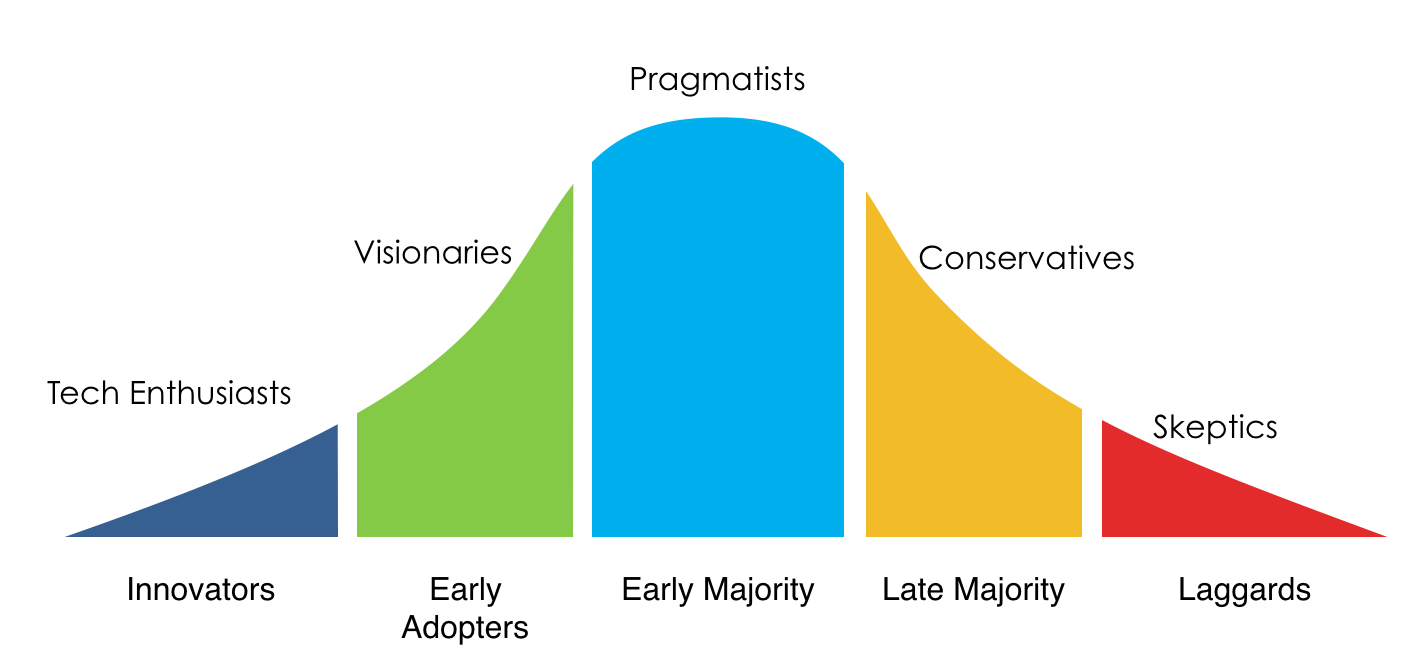Nothing confirms the merit of your value proposition and product offering like someone paying for it. With your sales mindset and personas defined, it’s time to actively prospect for your first customers. The following article provides a guide for founders to execute this process. This is the third in a series of three articles focused on early customer acquisition.
If you read my previous post, you have a sense of who you’re trying to speak to, and what messaging might resonate with them. Messaging? Check. Mindset? Check. Persona? Check.
There’s still plenty more to learn about your customers, and you’ll continue to iterate on your persona and messaging. As a Founder kicking off sales, it’s time to use this information to start your outreach, build relationships, and make strategic but appropriate asks.
Organized Outreach
You may be early-stage, but you can still be organized with your sales process.
Armed with your persona information, consider outlining a list of target companies where your persona might work. There are plenty of resources to help you identify target companies. To name a few: Google (a bit obvious but it has to be said), Reference USA, LinkedIn Sales Navigator, Seamless AI, ZoomInfo, and Hoovers have been helpful to me over the years.
Once you have a list of companies, it might help to sift through your network. Who do you know who is connected to your target company or persona? See who can give you additional feedback on your target companies and personas, or who can introduce you to someone who fits the mold.
Note: When getting feedback on your solution, be wary of personal connections—you might get a false positive because people know and like you as a person, rather than what you’re building. Second-degree or third-degree connections can be more valuable because your solution will stand on its own merit.
As you reach out, remember to use customer-focused language and consider:
- Setting activity goals (weekly and daily). What can you realistically get done, and will that cadence get you enough prospects? What activities or approaches will you take? Note: there are new and clever ways of using LinkedIn well beyond messages and requests for connections – a topic for another time.
- Measuring progress against those goals. How many people are you connecting with? Are you scheduling conversations? What are the results of those conversations?
- Tracking outcomes from those activities. What resonates? What gets their attention?
Behind all of this is a good tracking tool. Consider testing out a free Customer Relationship Management (CRM) tool so you can keep track of people and keep their information organized.
Segment by Product Adoption
You’ve probably seen product adoption curves before. As you review your growing list of prospects, it’ll help to segment them accordingly.

It’s a spectrum, so there’s always gray space. But you’ve got to talk to the right people at the right time. That way, you can tailor your focus and plan your outreach accordingly.
- Early Adopters: These people are so excited about the promise of your solution that they’re willing to stumble through the process with you, even if you don’t have everything figured out. Lean into them—they can be great allies in the early days
- Early Majority: Others will be more risk-averse, and they’ll want to see other customers try your product first. Consider collecting your Early Adopters as case studies to encourage the Early Majority.
- Late Majority: No matter how great your solution is, some people just won’t buy until it’s fully baked and you’ve got lots of proof. Don’t be discouraged. These are folks to stay in touch with and come back to later.
As you go into these conversations, remember your customer-focused mindset—forget about your product and put yourself in their shoes!
Understanding Your Prospect’s DMU
So, you have your persona outlined. But especially in enterprise sales, you’re never selling to one individual. You’re selling to a whole group of people who are involved in a buying decision.
Let’s say your prospective user is an IT professional. This persona typically loves to learn new things and is excited to dive into data, so you learn how to sell to them accordingly. But their peers will probably have opinions. Their CIO will need to give the OK from a systems perspective. The CFO will need to approve the expense. There’s a whole network of people who are involved, which Michael Skok calls the Decision Making Unit (DMU).
When you go in to sell, you need to understand and build relationships with the various stakeholders in their DMU. How will you learn about it?
Ideally, you’ll work with your IT buyer to navigate the DMU. After all, it’s much easier if your IT buyer reaches out to set up a call with the CFO. But to work together with your buyer, you’ve got to build your relationship with them.
Building Relationships
Building relationships is all about building trust. You say you’re going to do something—whether that’s answering a question, following up with more information, or making a connection—and you do it. These touchpoints and interactions give you a degree of familiarity, and you’re getting your prospect to feel invested in your collective work to create a solution to their problem.
In the early days, you’re planting relationship “seeds” that, if well nurtured, can grow into case studies, articles, referrals, participation in a customer advisory board, and more. But as this develops, you have to know when to lean in with an ask, and when to be patient.
A sales conversation is like any other human interaction. Imagine you’re at a party, and you’re chatting with someone new. At what point do you feel comfortable asking them to grab a drink sometime? Part comes from your gut, and part comes from signals.
Here are three broad categories to think through as you check for signals.
- Level of interest:
- Have they articulated how great your solution is?
- Are they asking questions?
- Are they actively listening?
- Level of engagement:
- Do they seem standoffish or are they leaning in?
- Are they responding to emails quickly?
- Are they answering questions freely, or do they seem hesitant?
- Finding common ground:
- Are you agreeing on pain points?
- Are you excited about similar opportunities?
- Are they invested in your solution’s success?
Making the Ask
Once your prospect is signaling that they’re ready for the next step—and you’ve earned the right to make a request—be prepared to make it clearly and succinctly. This could sound like:
- “Hey, do you think there might be a willingness to invest some time in a pilot?
- “So, what’s the best way to talk to procurement?
- “If you were going to build a business case for this, how would you approach it?
- “Look, I haven’t worked with you guys before, and I don’t know much about your internal processes. How have you made a decision like this in the past?
- “How would you define success for a pilot? If we can get to a place where we meet those criteria, what might this lead to?”
This is not a time to directly ask, “So is this something you’d buy?” Remember, you’re just asking for a drink—you’re not asking them to marry you!
If you find that your prospect isn’t ready for an ask, keep them updated via occasional outreach. You could ask them a question or for their feedback on a new idea—anything to keep yourself top of mind and to keep communication channels open.
It’s so simple, yet most people don’t do this. They just reach out when they want something. But if you haven’t been in keeping in touch, you haven’t earned the right to make an ask.
Ultimately, you’ll keep engaging until you’ve earned the right to make a sale, get a referral, or whatever it is you’re looking for from them.









